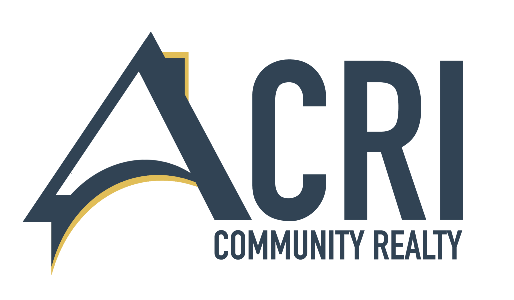Living in a planned community certainly has its pros and cons. Those who are looking for a less restrictive type of living arrangements are not prime candidates for association life. However, some people do like the economy of scale generated by the many instead of the few and do not mind to letting go of some freedoms in order to utilize cost sharing.
People in common interest associations do give up some property rights in exchange for other owners giving up the same rights. This provides more standards than zoning, and more rules than local ordinances, likely enhancing property values. However, the knife cuts both ways.
Rentals, doors, decorations, flowers, flags, drapes and shades, patio roofs, trucks in driveways, fences, basketball hoops, dog droppings and noise in your own unit may have restrictions and are all possible areas of causing friction.
The 3 Common Issues Affecting HOA and Condo Associations
Hopefully, this explanation will give you a better understanding of what association living means. Along with rules, there are also legal restrictions regarding rentals and FHA financing that need to be considered.
1. Restrictions on Rentals and Property Rights
Most declarations and governing documents did not restrict rentals when written. Changes to the Declaration or other governing documents which further limit an owner’s right to enjoy his or her property are usually strictly held to amendment procedures required under the documents.
A board may choose to take the short route and adopt rules by executive action, when rental restrictions may require amendment of the Declaration.
2. Financing Issues from High Percentages of Rental Units
Leasing restrictions are a limitation on ownership rights but justified by FHA and other government-backed loan entities.
FHA loans are historically unavailable if more than 50% of units are investor-owned. October 2016 FHA Mortgagee Letter 2016-15 affirms 50% restriction but makes exceptions as low as 35% owner occupancy in existing associations.
The House Bill – 3700 of 2016 lowered the number to 35%, but gave HUD Secretary the authority to raise the number in certain areas based on several factors.
3. Changing the Way Your Home Appears
Most if not all planned communities have restrictions regarding the common appearance of homes and units and as such may limit your ability to add things like:
- Decks and patios
- romm Additions
- Swimming Pools
- Paint colors and trim
Many people firmly believe their home is their castle and others should not have the power to regulate their choices. Clearly planned community living is a bad choice for them.
Additionally, associations often have restrictions regarding pets, parking, flags, decorations, flowers, screen doors, and a home business – among other things. In planned communities, pet, parking, flag, decoration, flower, screen door, and a home business restrictions may shock buyers who have not owned in associations before.
Rinaldo Acri states “Buyers need to understand the benefits as well as the limitations of association living.”
Be sure to assess the costs of dues and special assessment before you make a decision to purchase. Association living is not for everyone and should be carefully considered before signing a purchase agreement.








